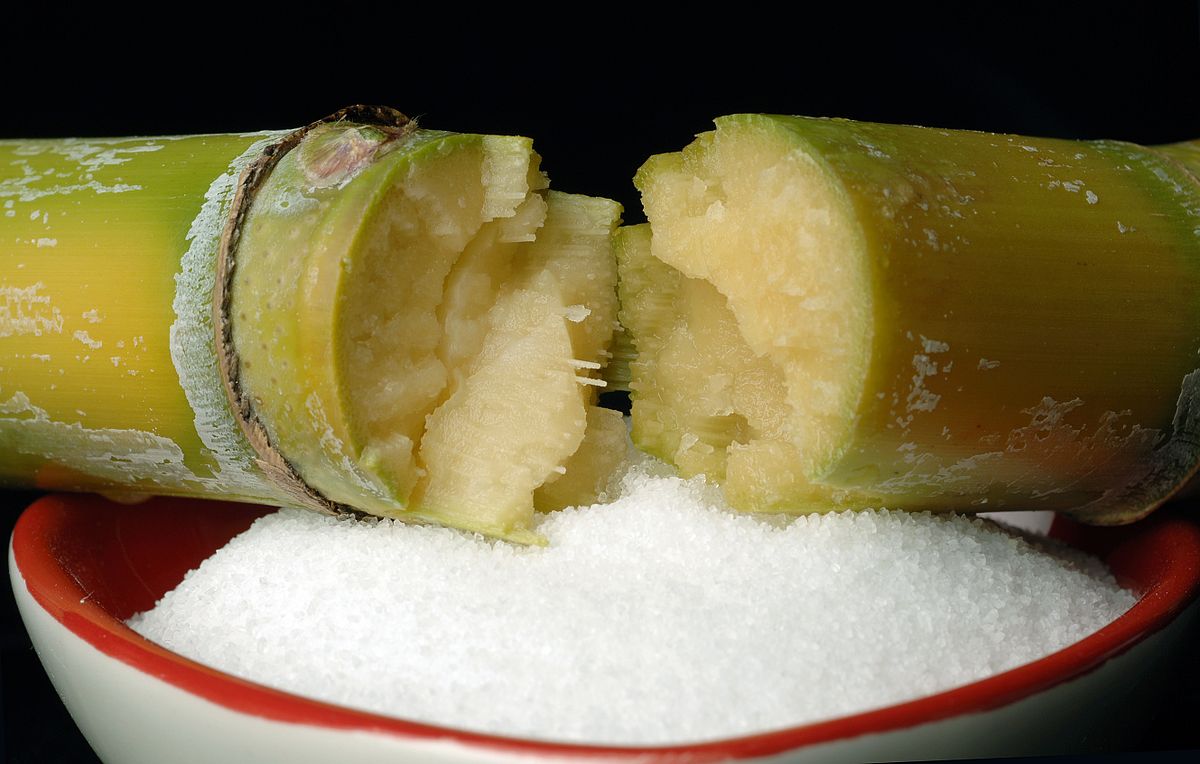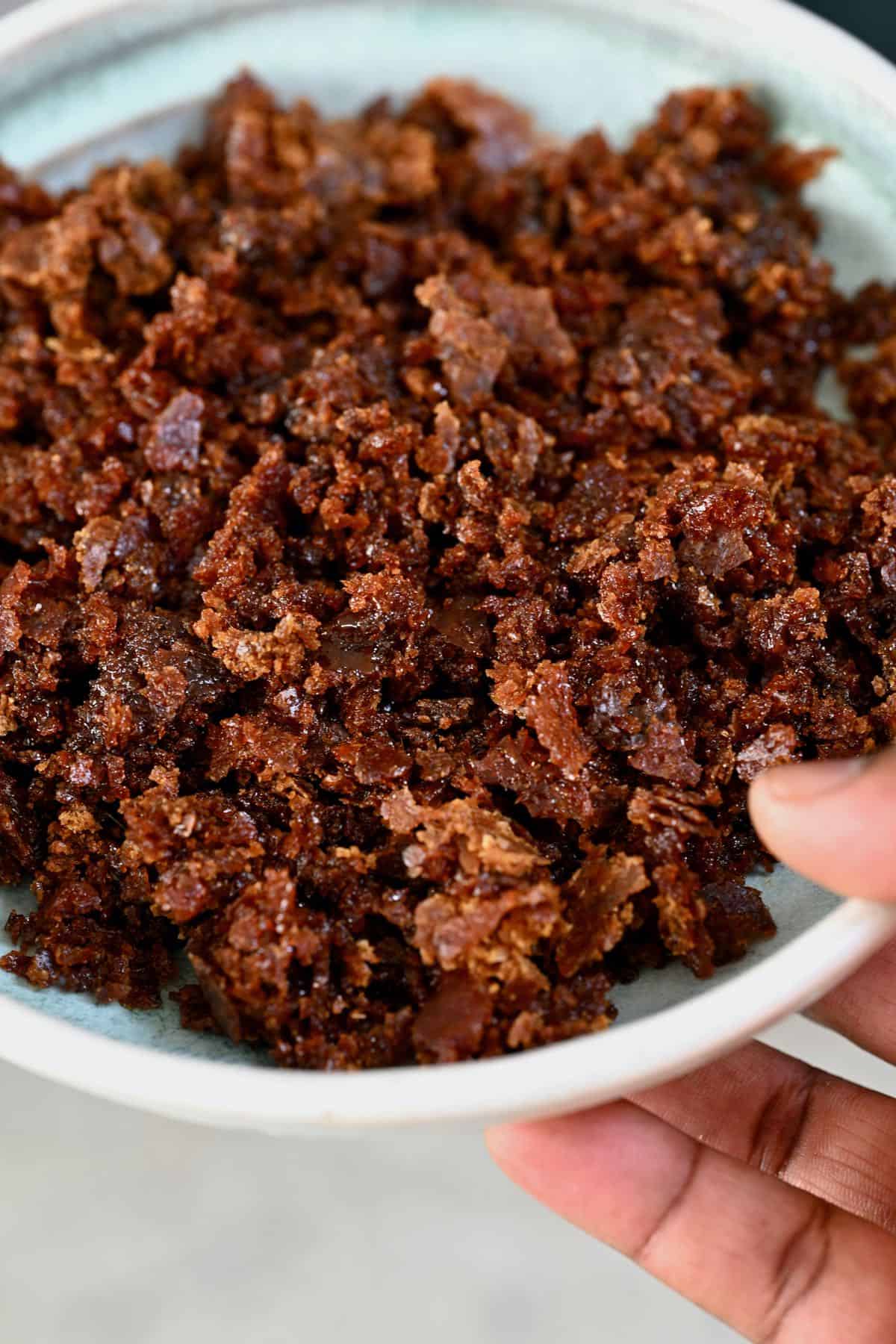The Journey of Cane Sugar Processing: From Harvest to Crystals
The Journey of Cane Sugar Processing: From Harvest to Crystals
Blog Article
Checking Out the Comprehensive Tips Associated With Walking Cane Sugar Handling From Harvesting to Improvement
The procedure of walking stick sugar production includes a collection of detailed steps, starting with the cautious harvesting of sugarcane and finishing in the improvement phases that guarantee the end product meets industry standards. Each phase, from the removal of juice to the filtration and condensation procedures, plays an essential duty in establishing the high quality and personality of the sugar. Recognizing these phases not only highlights the complexity of sugar production however additionally raises essential inquiries about performance, sustainability, and development in the industry. What ramifications do these aspects have for future methods?
Collecting Sugarcane
Collecting sugarcane is a crucial step in the walking stick sugar handling chain, as it straight affects the high quality and return of the last product. Appropriate timing and methods are necessary throughout this stage to make certain optimal sugar web content and reduce losses. Normally, sugarcane is gathered when it reaches maturity, usually 12 to 18 months after planting, characterized by a high sucrose focus.

Post-harvest, the sugarcane has to be refined promptly to stop sucrose destruction. Ideally, gathered walking stick must be transported to refining centers within 24 hr to protect sugar high quality. For that reason, effective logistical preparation is important to preserve the stability of the harvested plant throughout the supply chain.
Removal Refine

The smashed walking cane undergoes a collection of pressing operations to make the most of juice healing. Commonly, warm water is splashed onto the crushed cane, developing a countercurrent circulation that aids liquify the sugar while likewise aiding in the extraction process. The juice collected from this operation contains not just sugar yet likewise various organic substances and contaminations.

To improve removal performance, some centers might employ diffusion methods, where the sugarcane is taken in warm water, enabling the soluble sugars to diffuse right into the fluid. The resulting juice, abundant in sucrose, is after that guided to subsequent processing stages, laying the foundation for purification and refinement. The removal procedure is hence pivotal in establishing the quality and yield of the final sugar product.
Purification Techniques
The filtration strategies used in walking cane sugar handling are important for transforming the raw juice into a top quality sugar product. These approaches primarily intend to remove pollutants, such as soil, plant products, and not natural compounds, which can adversely impact the last item's taste and shade.
This procedure involves including lime and warm to the raw juice, which helps with the coagulation of impurities. In addition, the usage of phosphoric acid can boost the information procedure by additional binding impurities.
Another considerable technique is carbonatation, where co2 is introduced to the made clear juice. This reaction produces calcium carbonate, which catches continuing to be contaminations and promotes their elimination.
Moreover, activated carbon therapy might be applied to adsorb any kind of remaining colorants and natural impurities, ensuring an extra refined product. The combination of these approaches properly prepares the sugar juice for subsequent action in the refining process, establishing the phase for the manufacturing of high-quality walking stick sugar.
Condensation Methods
After the filtration official site phase, the next essential step in walking cane sugar processing entails crystallization techniques, which play a crucial role in transforming the cleared up juice right into strong sugar. This process normally uses two main methods: spontaneous formation and regulated crystallization.
In spontaneous condensation, supersaturated sugar remedies are allowed to cool down normally, leading to the formation of sugar crystals gradually. This approach is simpler but may lead to unequal crystal dimensions and reduced pureness degrees. On the other hand, controlled crystallization is an extra accurate strategy where seeding, focus, and temperature level representatives are meticulously managed. This method enables the consistent growth of sugar crystals and greater purity.
During condensation, the clarified juice is concentrated through evaporation, increasing its sugar content until it gets to supersaturation. As soon as this factor is attained, either technique can help with the crystallization procedure. Cane Sugar Processing. The resultant sugar crystals are after that separated from the staying syrup with centrifugation
Inevitably, the option of formation approach affects the high quality, size, and purity of the last sugar item, making this action crucial in the total walking stick sugar processing treatment.
Refinement and Packaging
Just how can the pureness and high quality of cane sugar be better improved after condensation? The refinement process plays a critical duty in accomplishing high-quality walking stick sugar. Adhering to condensation, sugar undertakes an extensive washing to remove pollutants and residual molasses. This is commonly achieved using cozy water or heavy steam, which helps liquify and extract undesirable elements while preserving the sugar crystals.
Following, the sugar is subjected to a procedure called centrifugation, where it is rotated at broadband to divide the detoxified sugar crystals from the staying liquid. After centrifugation, the sugar is often additional improved through a technique called carbonization or phosphatation, which uses turned on carbon or phosphoric acid to remove color and off-flavors.
When improved, the sugar is dried out to achieve the preferred wetness web content, guaranteeing that it remains secure throughout storage space and transportation. The final action involves packaging the refined sugar in moisture-proof and impermeable containers to keep its top quality and stop contamination. Cane Sugar Processing. Correct packaging not just prolongs service life yet also facilitates simple handling and distribution, guaranteeing that customers get sugar that fulfills the highest possible criteria of pureness and top quality
Verdict
The detailed actions involved in walking stick sugar handling, from the precise harvesting of sugarcane to the complex refinement and product packaging stages, emphasize the relevance of each stage in ensuring premium sugar production. Ideal harvesting techniques, reliable extraction methods, and strenuous filtration procedures collectively contribute to the end product's pureness and stability. The crystallization and subsequent product packaging techniques further improve the integrity and service life of the sugar, highlighting the intricacy and accuracy fundamental in this crucial farming market.
The process of cane sugar production incorporates a series of intricate actions, beginning with the careful harvesting of sugarcane and finishing in the refinement phases that my link make sure the check my source final item fulfills market standards. Ideally, collected walking stick should be delivered to refining facilities within 24 hours to maintain sugar quality.In spontaneous condensation, supersaturated sugar solutions are allowed to cool down normally, leading to the development of sugar crystals over time - Cane Sugar Processing. The improvement process plays an important function in accomplishing top quality walking stick sugar.The detailed actions included in walking cane sugar handling, from the precise harvesting of sugarcane to the detailed refinement and packaging stages, underscore the importance of each stage in making sure top quality sugar manufacturing
Report this page